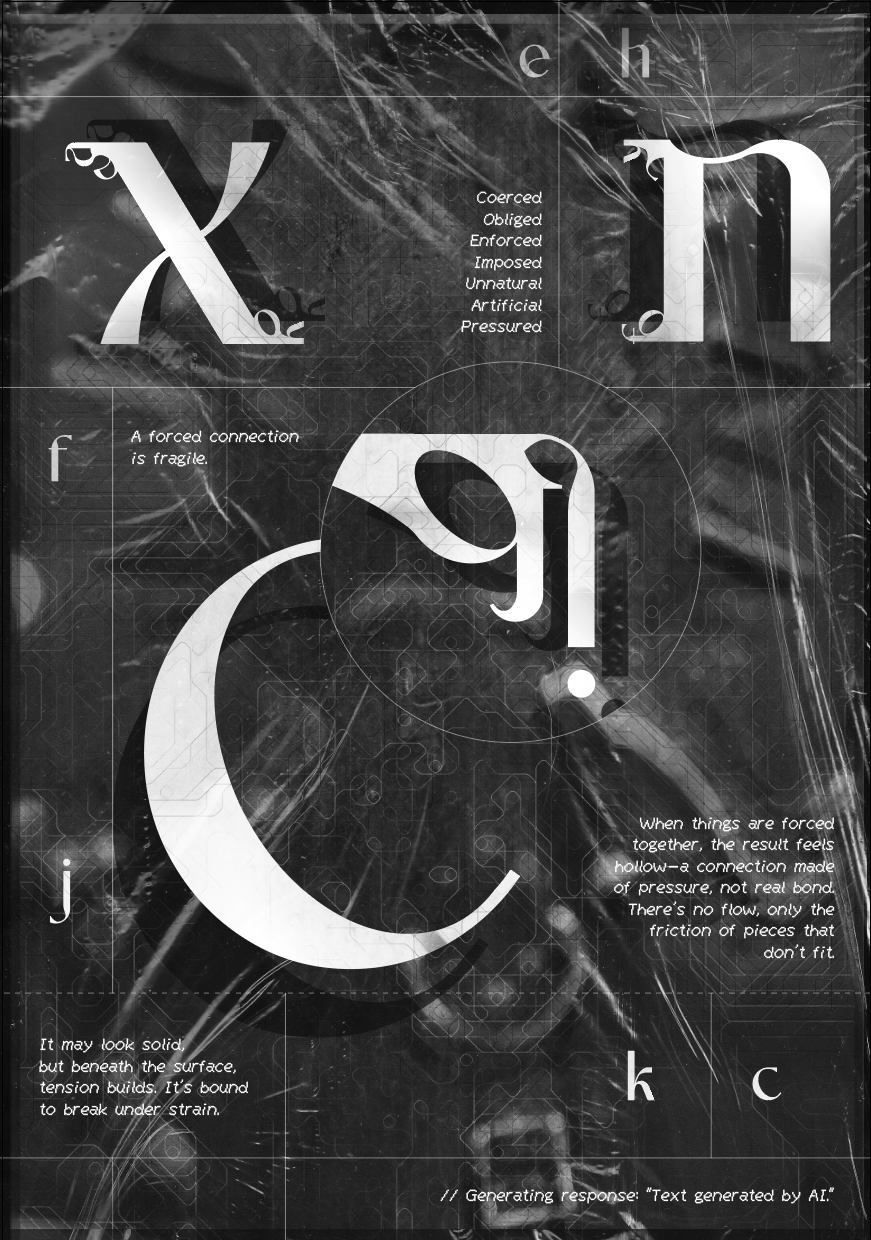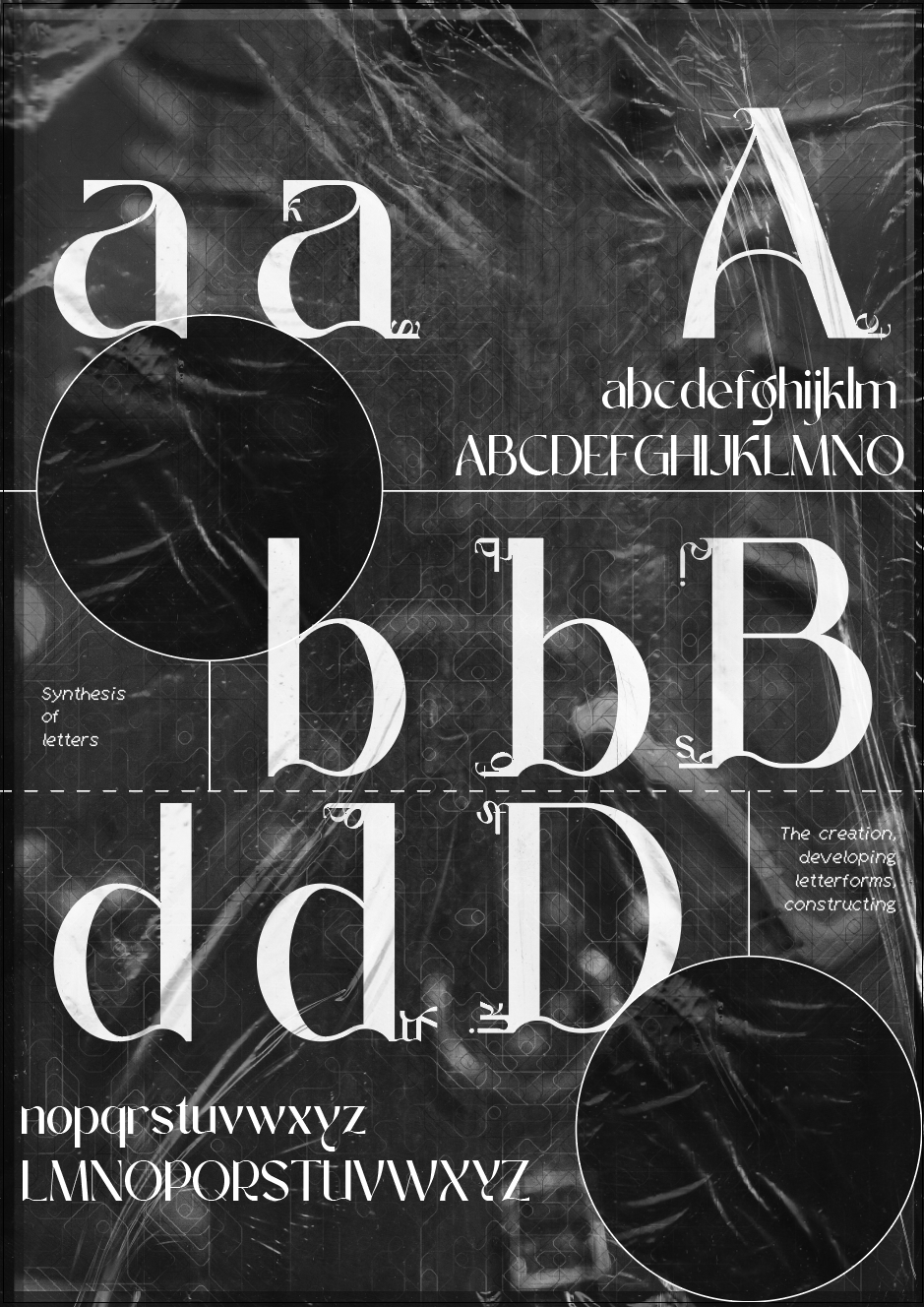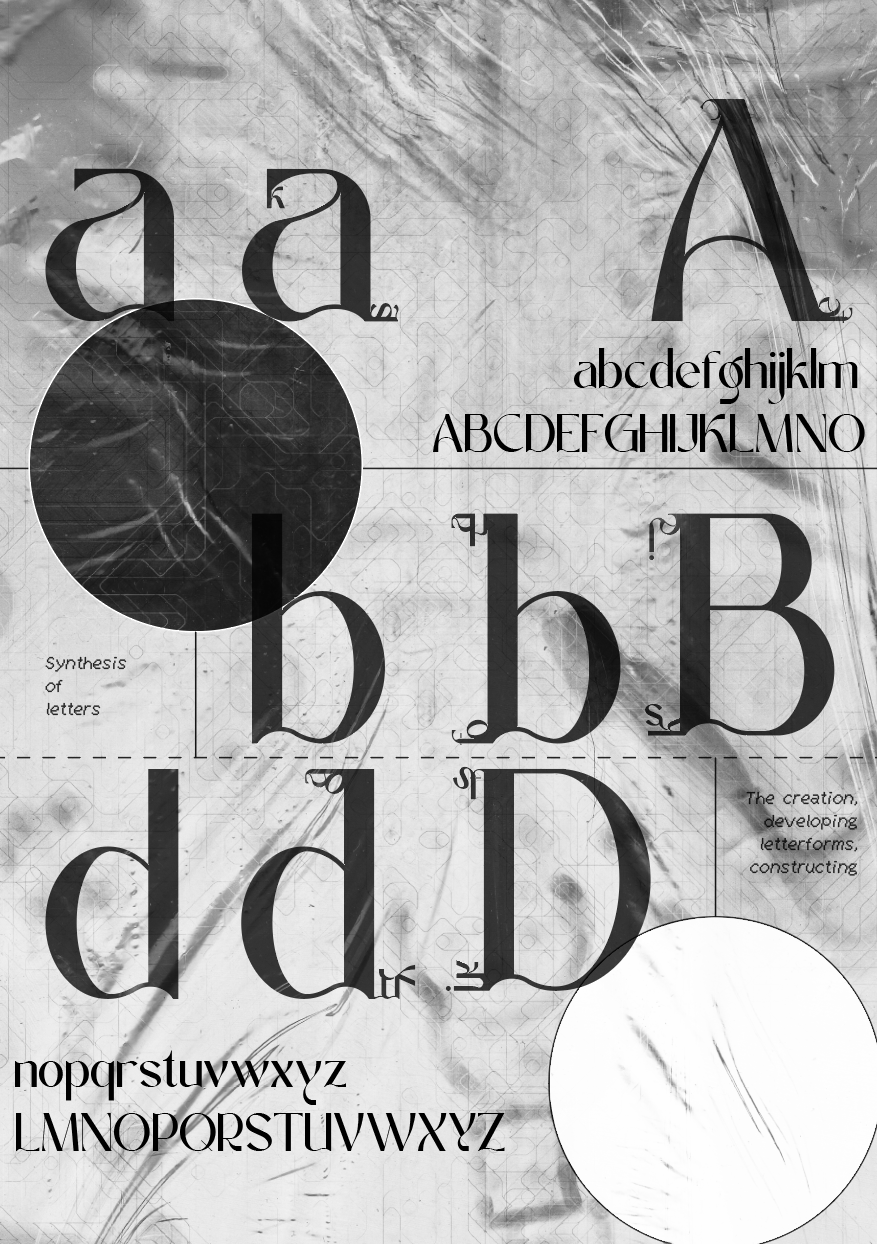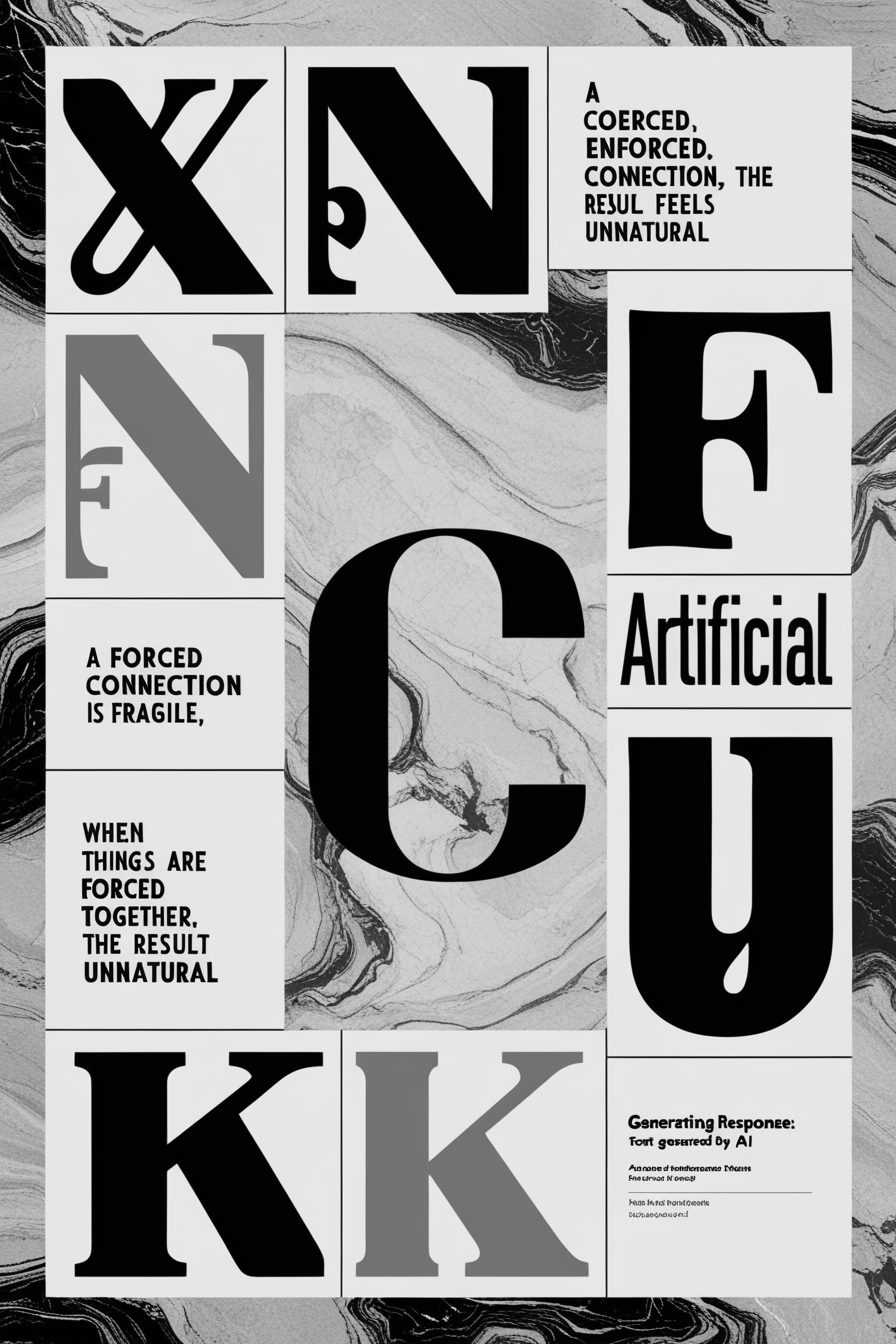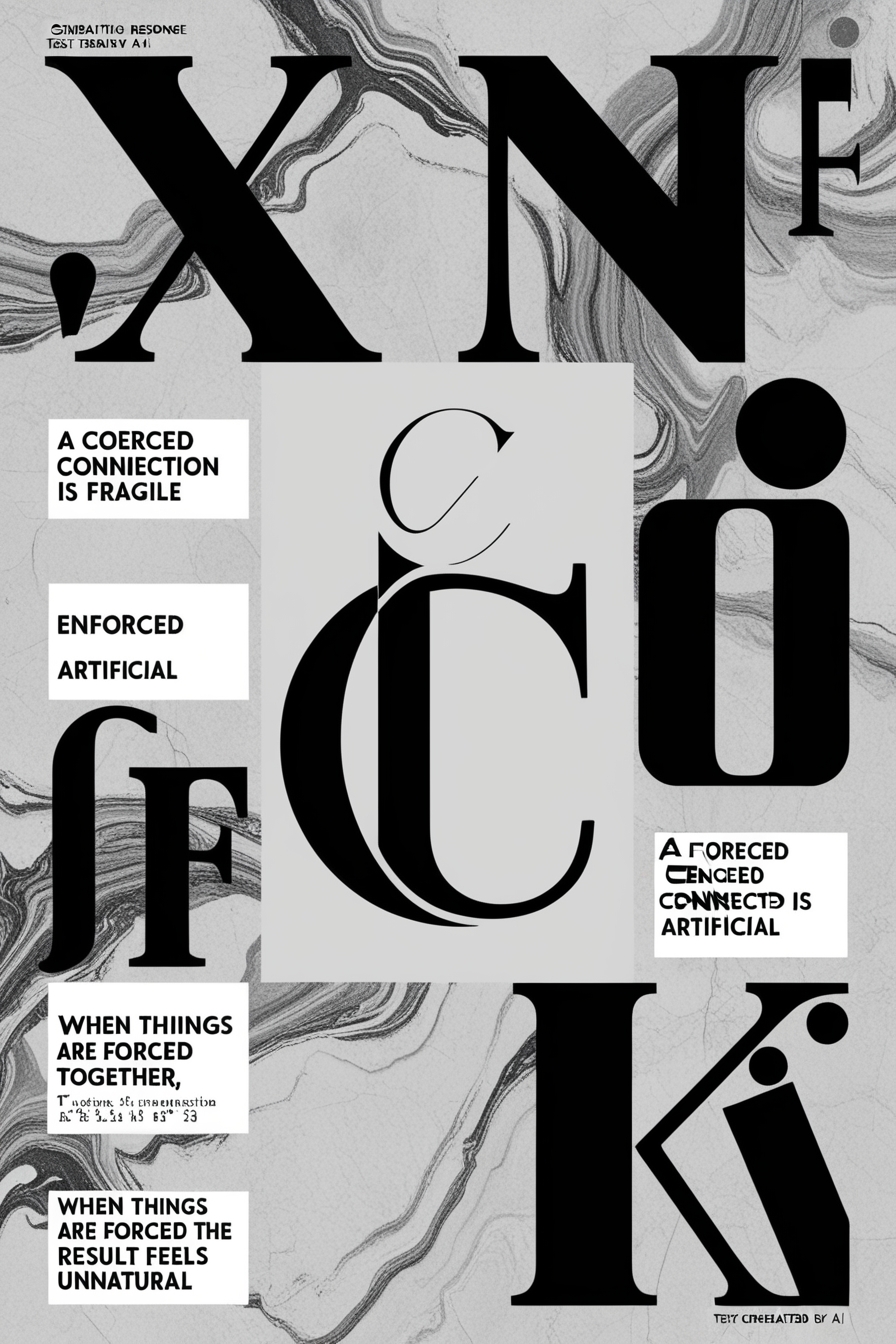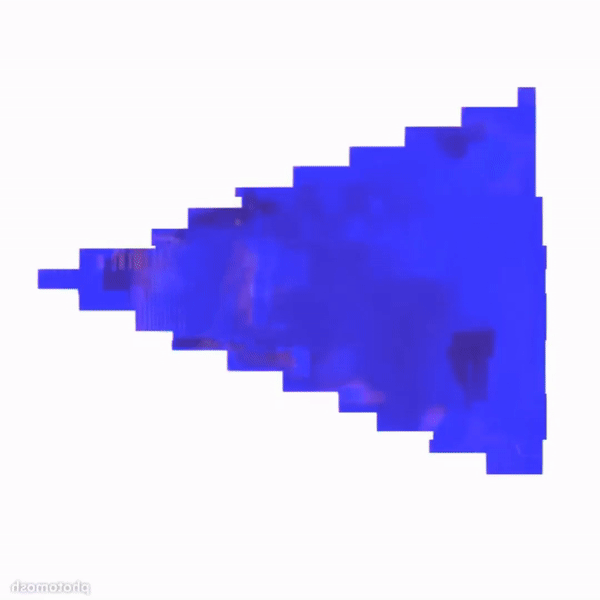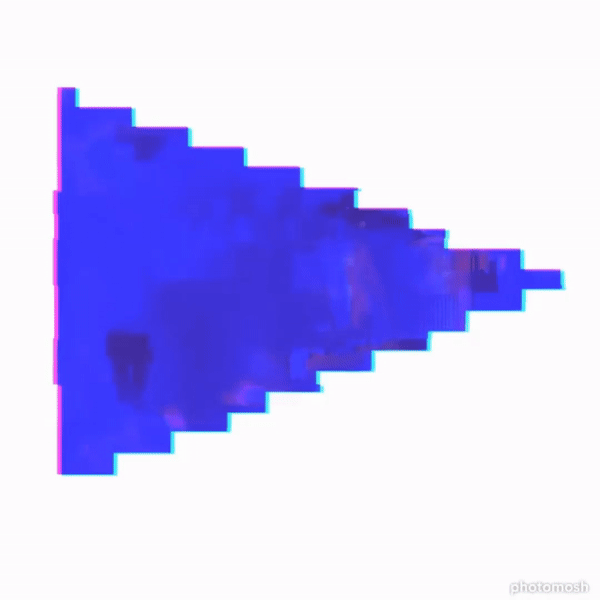Eliška Balajová
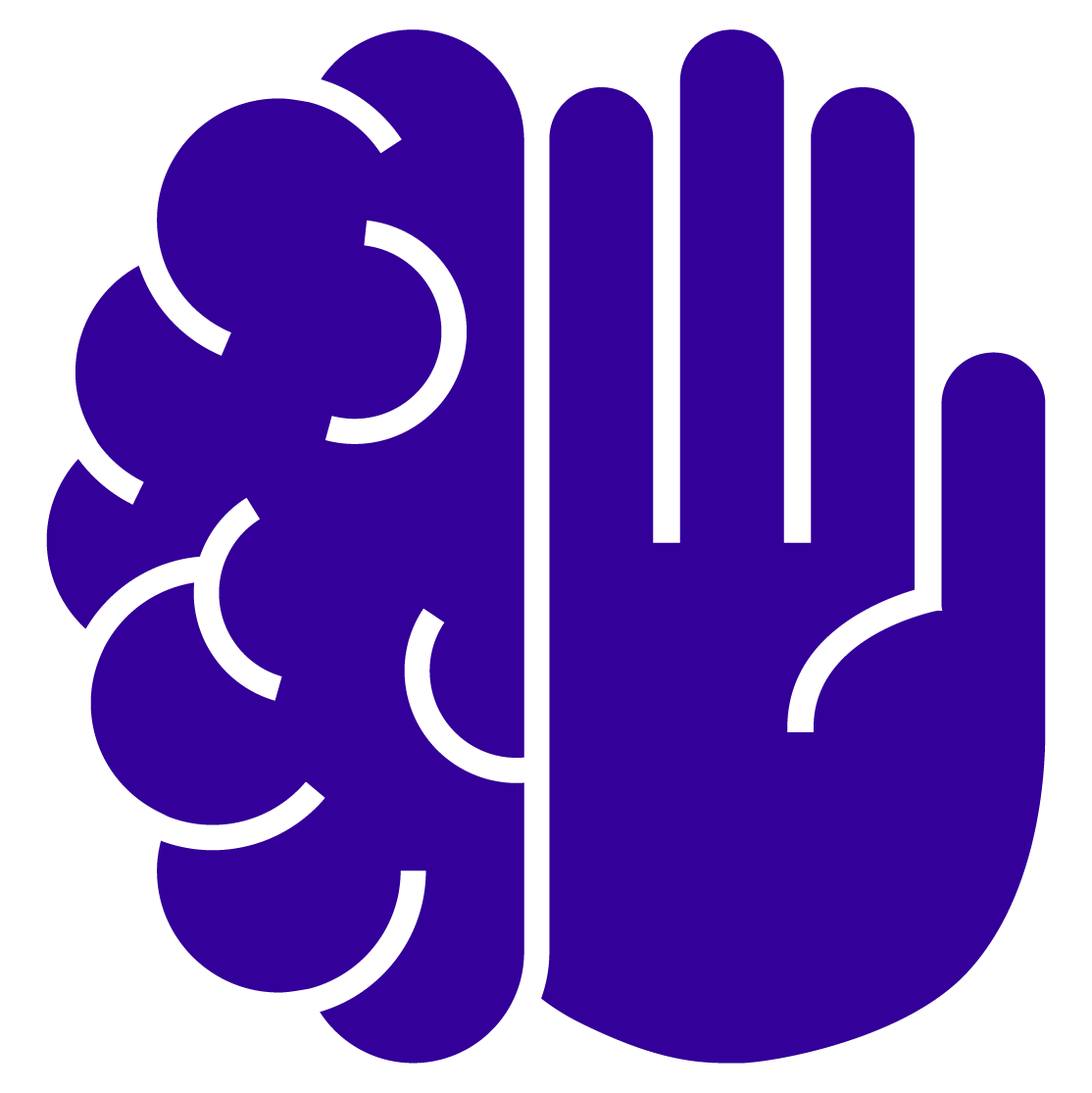
Forced
Digital, vector graphics, used fonts (Rouganeck, Mintsoda), used software (Illustrator, Photoshop).
The assignment "Neserify" is perceived as the addition of forced components into positions designated for serifs, which are naturally and design-wise adapted to the original typeface. My goal was to visualize my stance on this approach, which I present as a violent intervention into the original aesthetics. The overall impression of the poster is meant to evoke a sense of coercion and artificiality. The visual also subtly reflects the concept of digitization and artificial intelligence, which are often perceived in a similar manner.

Image to text description:
"Minimalist" poster with text, black and white typography design of the letters "XH C" for "Xening H Enemy", in a tech-inspired font, arranged to form an abstract letter shape, with each line of different sizes and boldness, set against a background that mimics cracked glass or digital patterns, creating an otherworldly effect, with subtle hints of futuristic technology elements, all within a minimalist style. The overall feel is sleek and modern.
Generate an interesting typographic poster with the letters 'X' and 'C'. The design should have a black background, featuring bold lettering in white that reads "A forceful connection when things were not connected or drawn together." There's no text on it, just the words "XC." It may look solid at first, but beneath its surface lies unclean water. This can symbolize being locked up under pressure without any escape from pain.
A typographic poster with the letters "X" and "C", featuring bold sans-serif typography for each letter, arranged in an intricate geometric pattern on a black background. The dark gray background creates a contrast against the white text. In large text at the bottom, it says "Trenton Johnson". There is no space between the characters. A spiral graphic above reads "When things were glamorous, but behind them, a broken glass-like narrative". It may have visual effects like shadows or light. This style creates an atmosphere of mystery and intrigue.
A bold, typographic poster featuring the letters 'X' and 'C', designed in an industrial style with sharp angles and stark contrasts. The background is dark gray or black, creating contrast against white text that reads "Commander Zelle, in uniting things together we make one body for all of us to be." The design incorporates shades of charcoal gray and hints of metallic silver, symbolizing strength and unity.
LLM description:
"This image is visually complex and works with fragments of letters in serif typefaces that are deliberately deformed and connected with graphic elements evoking tension and mechanical linkage. Serifs symbolize structure and traditional stability, but their deformation and attachment to other parts disrupt harmony and highlight an artificially created connection that is unnatural and fragile. Text elements in the image, such as 'A forced connection is fragile,' reinforce this concept—the pressure to connect disrupts the natural flow of the typeface and its readability. The use of a monochromatic background and a plastic effect creates the impression of a technical environment or a laboratory experiment, emphasizing the artificial and mechanical nature of the depicted relationships. Overall, this is an abstract interpretation of the relationships between design elements that are not in natural harmony and their consequences. Typography here serves not only as a communication tool but also as a means of visual metaphor."

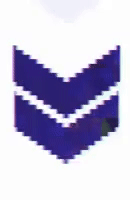
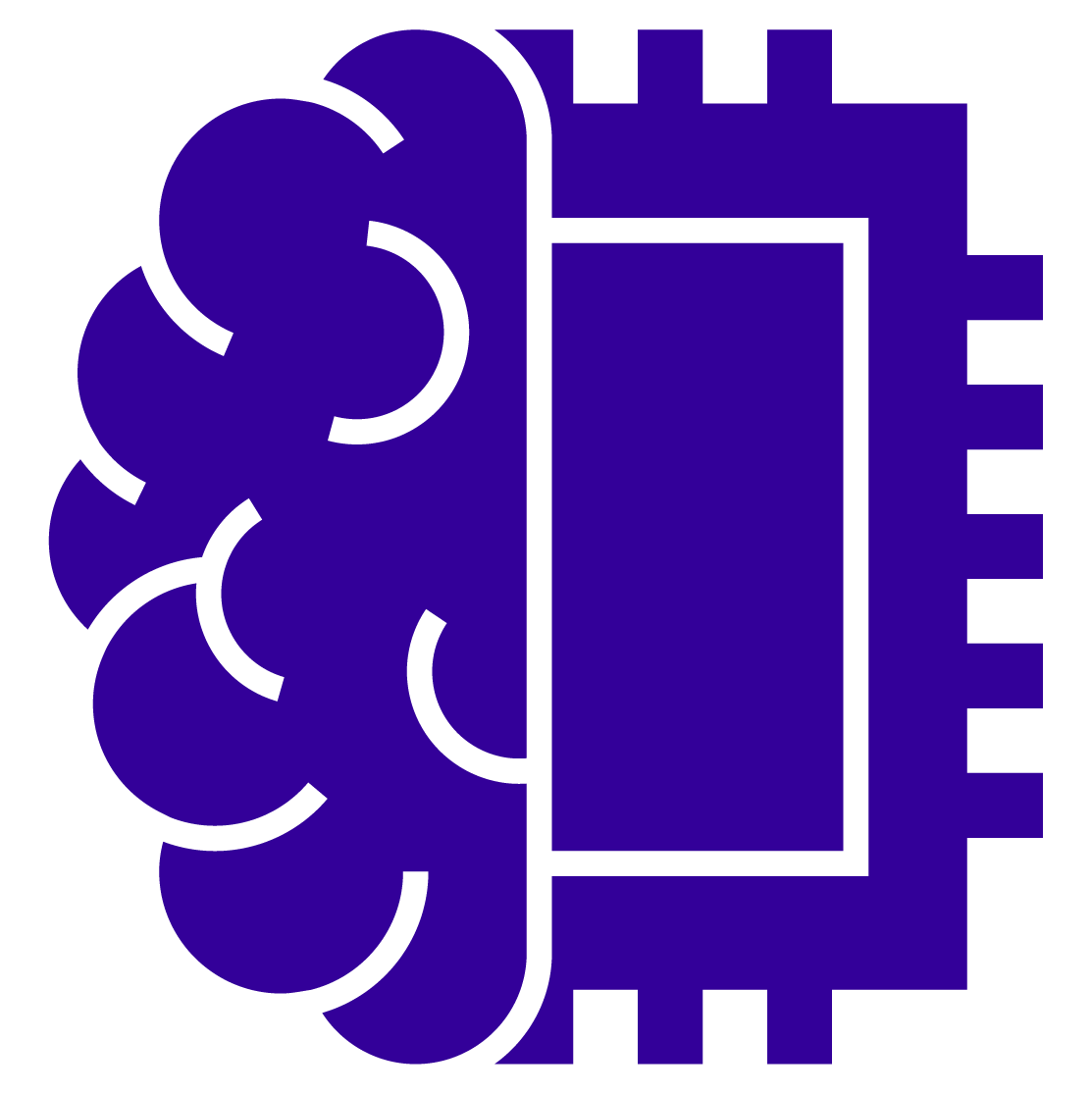
Generative alternative variations:
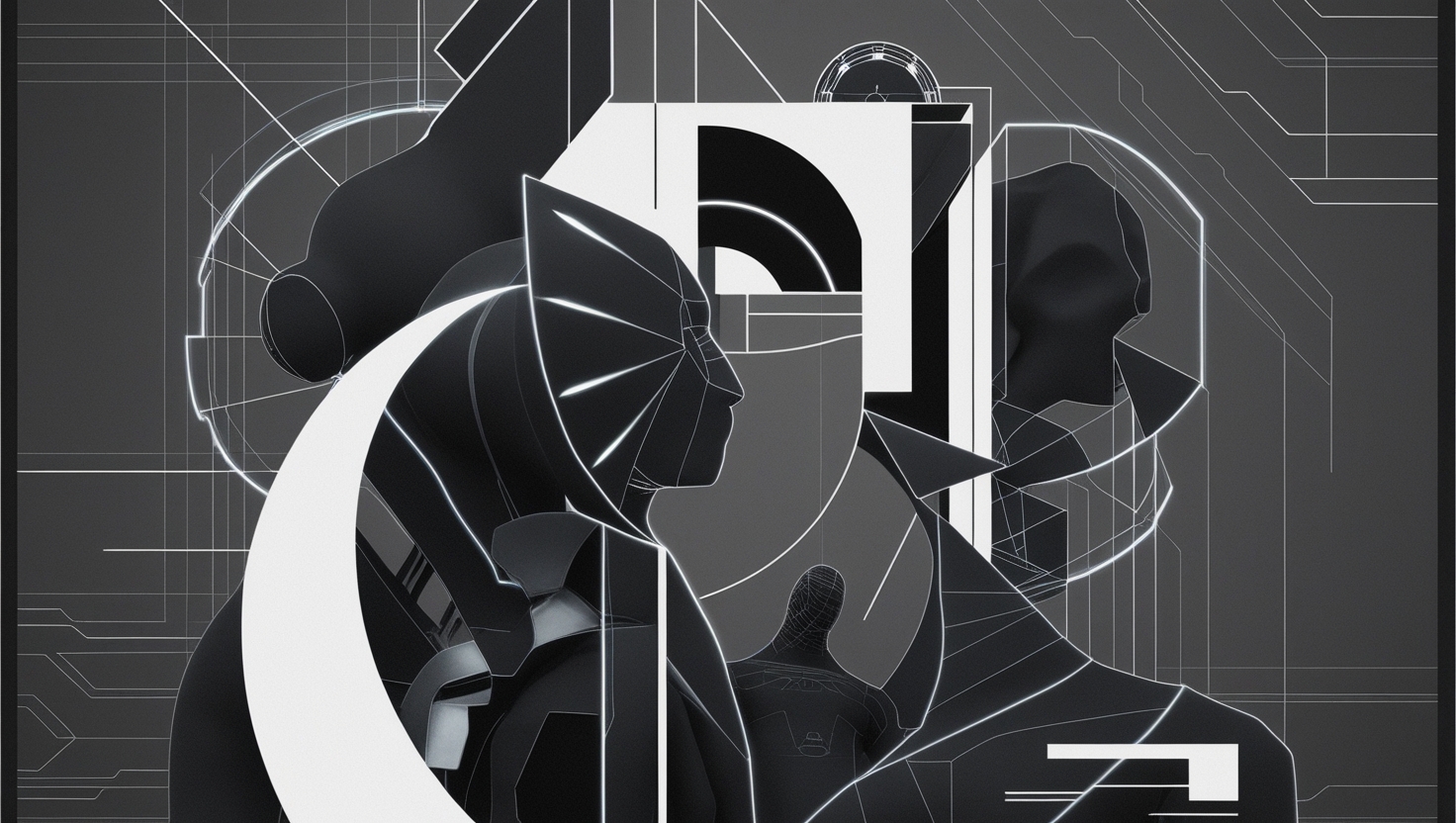
At the beginning of the project, my approach to AI technologies was quite skeptical. I believed that using artificial intelligence in the creation of typographic posters could be counterproductive, as I valued authentic, hands-on work as the best way to present myself. Moreover, the complexity of my designs seemed difficult to reconcile with the possibilities that AI offers, which only complicated the process. I also had doubts about whether platforms like Leonardo were advanced enough to meet specific requirements in the field of typography.
Over time, and with a more careful approach, I started to recognize the benefits of this technology. Leonardo was able to generate interesting designs and creative combinations of elements based on my concept and textual input. Although AI itself did not create a finished poster, its outputs served as valuable inspiration and a starting point for further work.
Today, I see AI technologies as a useful tool that supports creativity and facilitates the creative process. It is not a replacement for personal work but rather a way to gain new ideas and potentially push projects in directions we might not have initially envisioned.

Galerie G18 ve Zlíně
Gallery of the Faculty of Multimedia Communications,
Tomas Bata University in Zlín
Štefánikova 5670, Zlín
Czech republic

